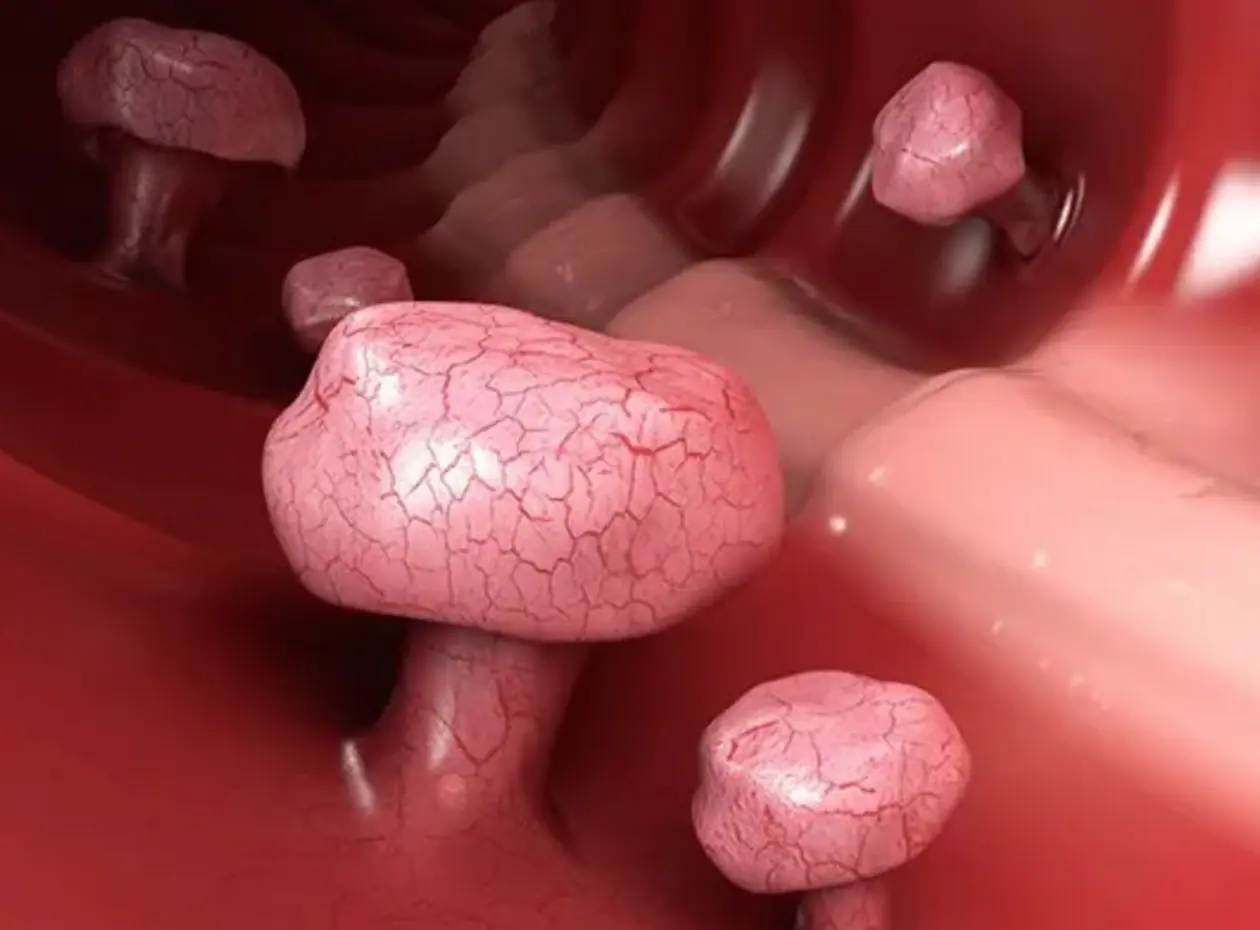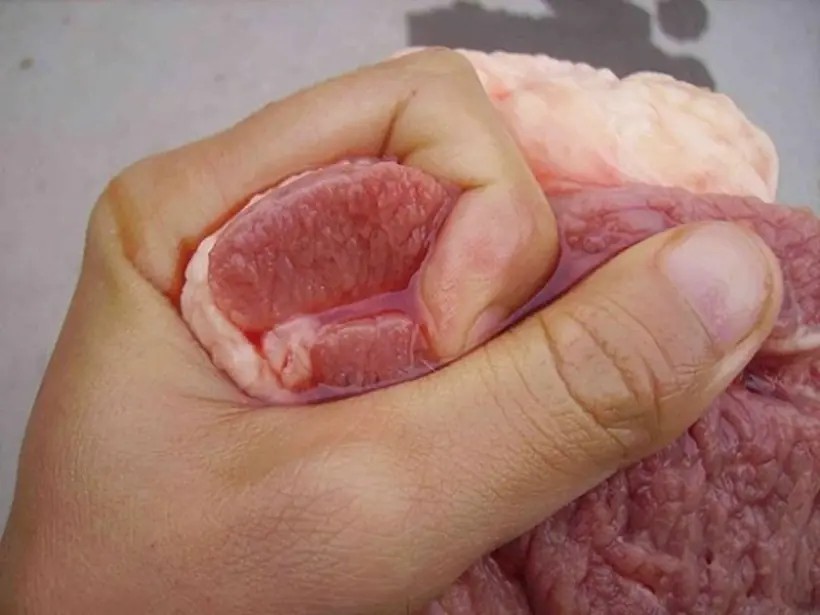
Top 2 types of seafood at the top of the list of microplastic contamination, but people still eat them every day
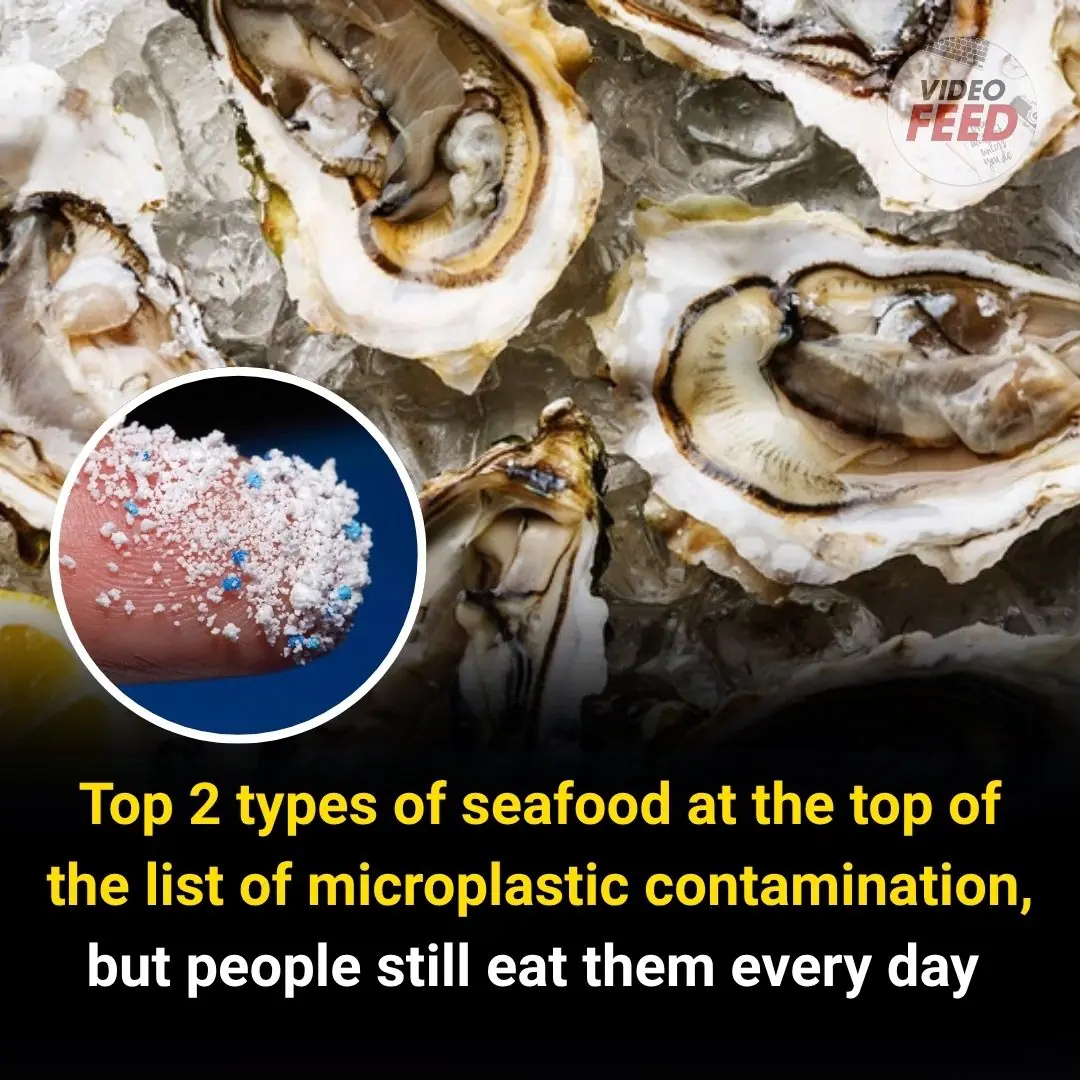
Microplastics are found in seafood that many Vietnamese families still eat daily, posing potential health risks if consumed regularly.
A CNN report (February 2024) shocked the public when it revealed that up to 90% of animal and plant protein samples tested contained microplastics. Notably, seafood — a favorite among Vietnamese people — ranked among the highest in contamination levels.
Below are 2 types of seafood known to be highly nutritious and widely consumed by Vietnamese households.
1. Shrimp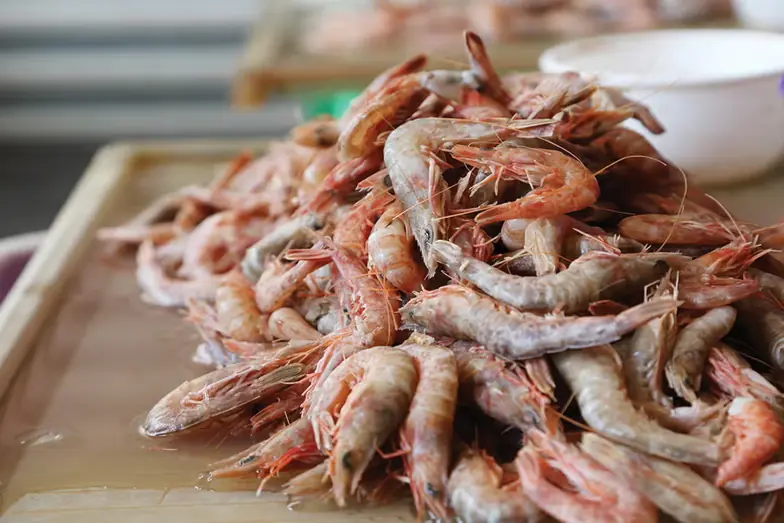
As plankton feeders — where microplastics tend to accumulate and drift with ocean currents — shrimp easily become a “reservoir” of plastic particles. Plastic packaging during storage and transportation only worsens the contamination.
A study published in Environmental Research showed that battered fried shrimp contained a massive amount of microplastics, averaging over 300 plastic fragments per serving.
2. Oysters
According to research from the University of Hull (UK), oysters and other shellfish such as mussels and scallops contain a higher density of microplastics per gram of meat than crabs or shrimp. Particularly, oysters harvested from Asian seas were found to be among the most heavily contaminated. A 2020 study by Professor Francisca Ribeiro (University of Queensland, Australia) also confirmed that microplastics are commonly present in oysters.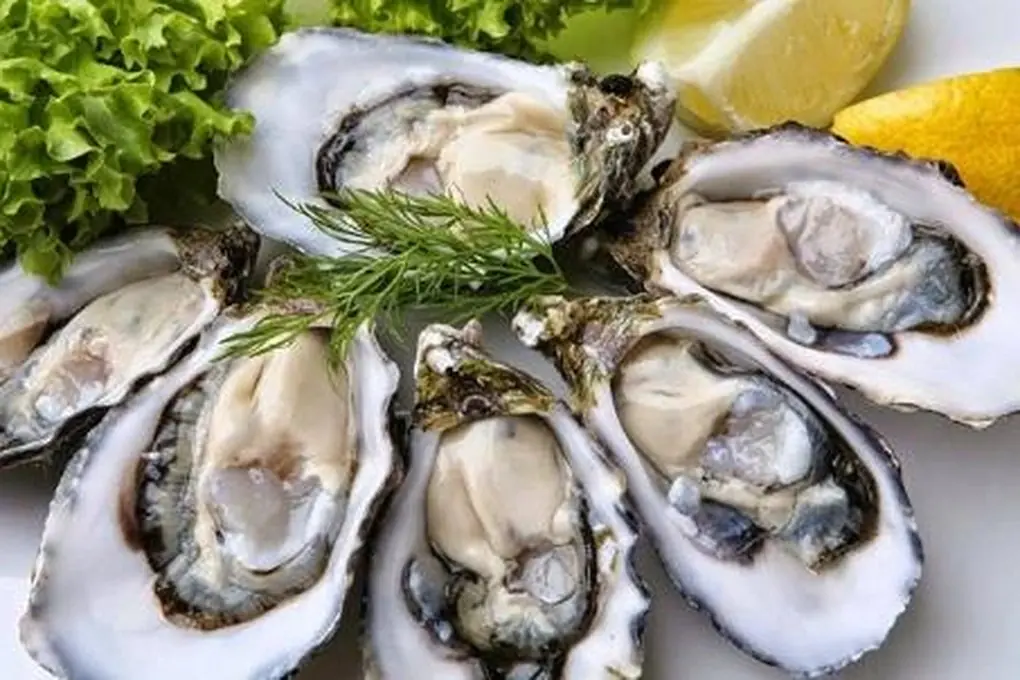
In addition, many familiar seafood varieties such as squid, farmed tiger prawns, blue crabs, and sardines have also been found to contain microplastics. A report from NutritionFacts.org revealed that just 300 grams of fish meat (such as grouper, catfish, or barracuda) may contain hundreds of microplastic particles.
What’s alarming is that the level of microplastics in seafood is not significantly different from that found in land-based meats such as chicken, beef, or pork. This shows that plastic pollution is not only an “ocean problem” but has spread widely, affecting nearly all of the food sources humans consume daily.
How to Reduce Microplastics in Your Meals?
Experts recommend several simple ways to help consumers reduce risks:
-
Wash food thoroughly before cooking to remove surface microplastics.
-
Prioritize fresh food, as processed foods, frozen products, and fast food often contain higher amounts of microplastics.
-
Choose foods with clear origins, and avoid seafood sourced from polluted regions.
-
Cut down on single-use plastic packaging and replace it with safer alternatives to prevent plastic particles from leaching during storage.
Microplastics are quietly entering family meals every day without us realizing it. If habits are not changed starting now, humanity may have to pay the price with health — and even lives — in the near future.
News in the same category

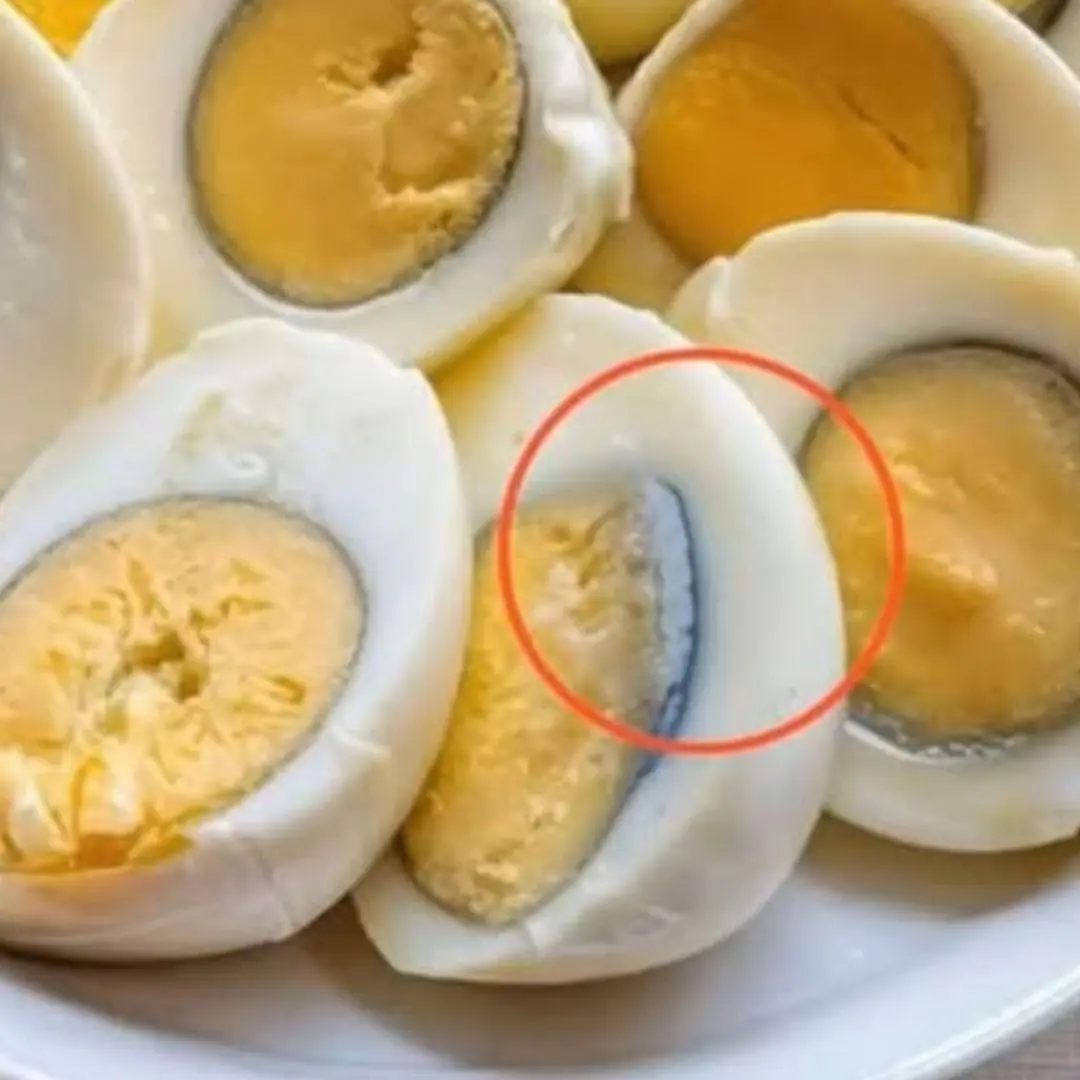
Ever noticed a greenish ring around an egg yolk? The explanation might surprise you...
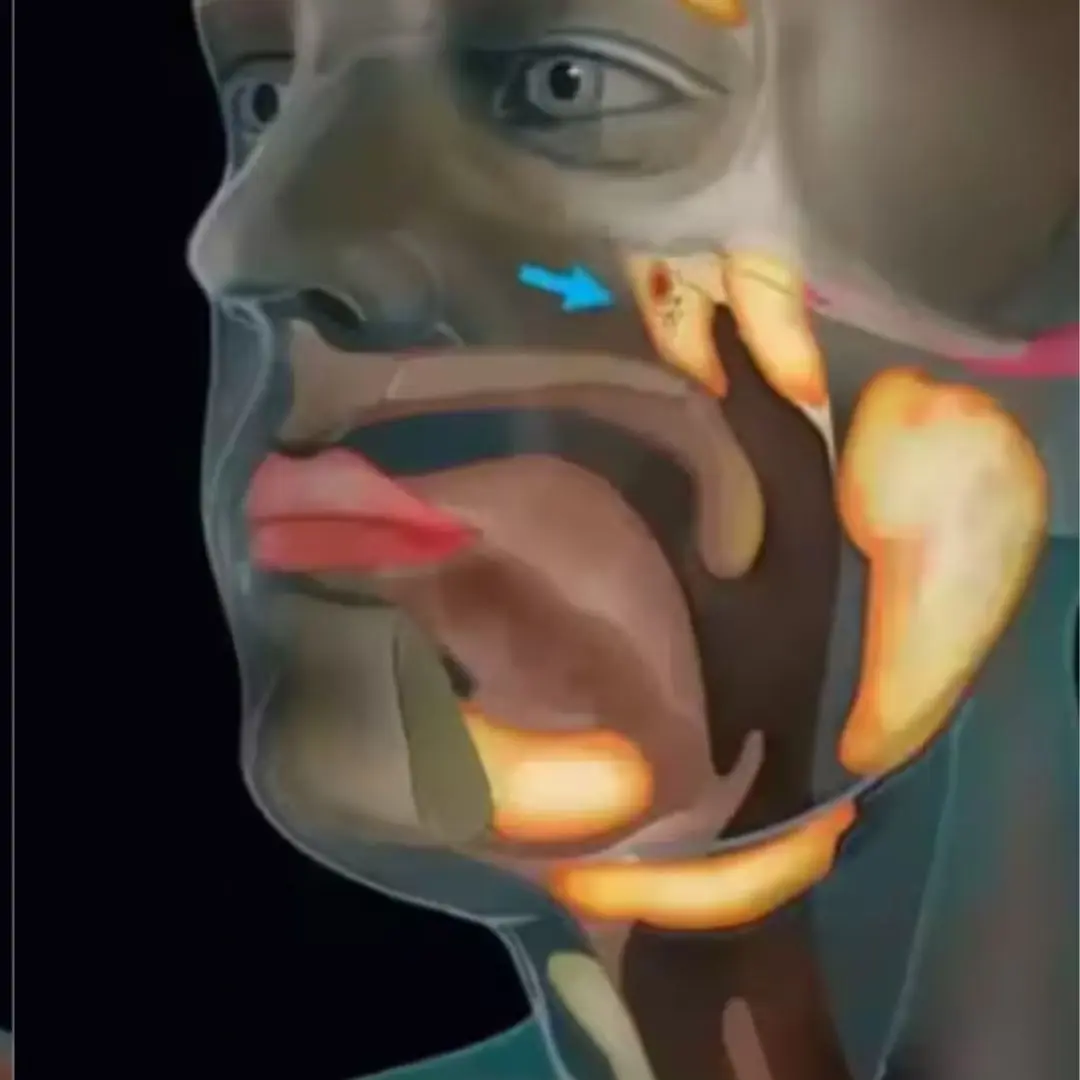
The Human Body Still Holds Secrets — Scientists Just Discovered a New Organ by Acc:ident
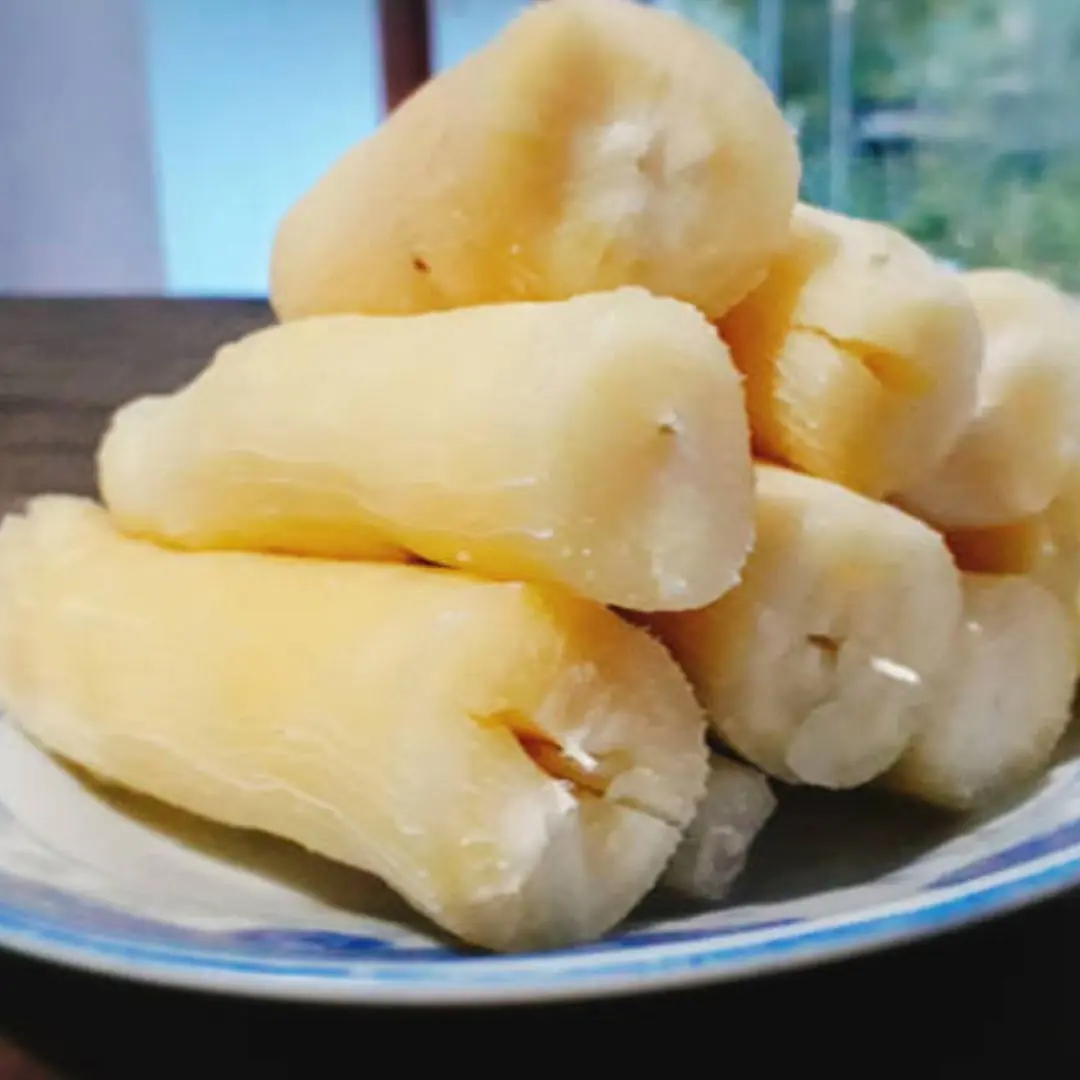
2 groups of people are advised not to eat cassava, to avoid poisoning, absolutely do not eat cassava when it shows these signs
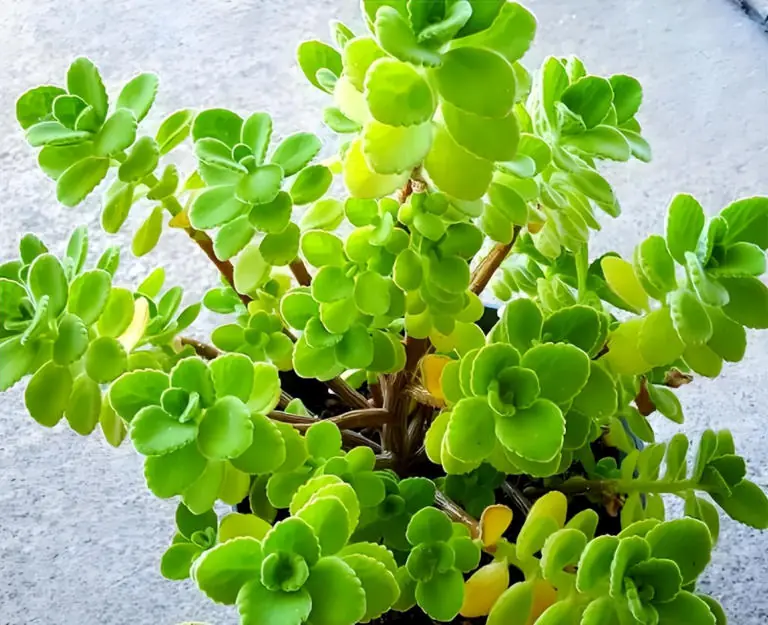
7 Plants That Act as “Natural Air Purifiers” You Should Keep in the Bathroom

Sending $1,000 to My Mother Every Month, Yet Her Bank Account Was Empty When She Pas.sed Away
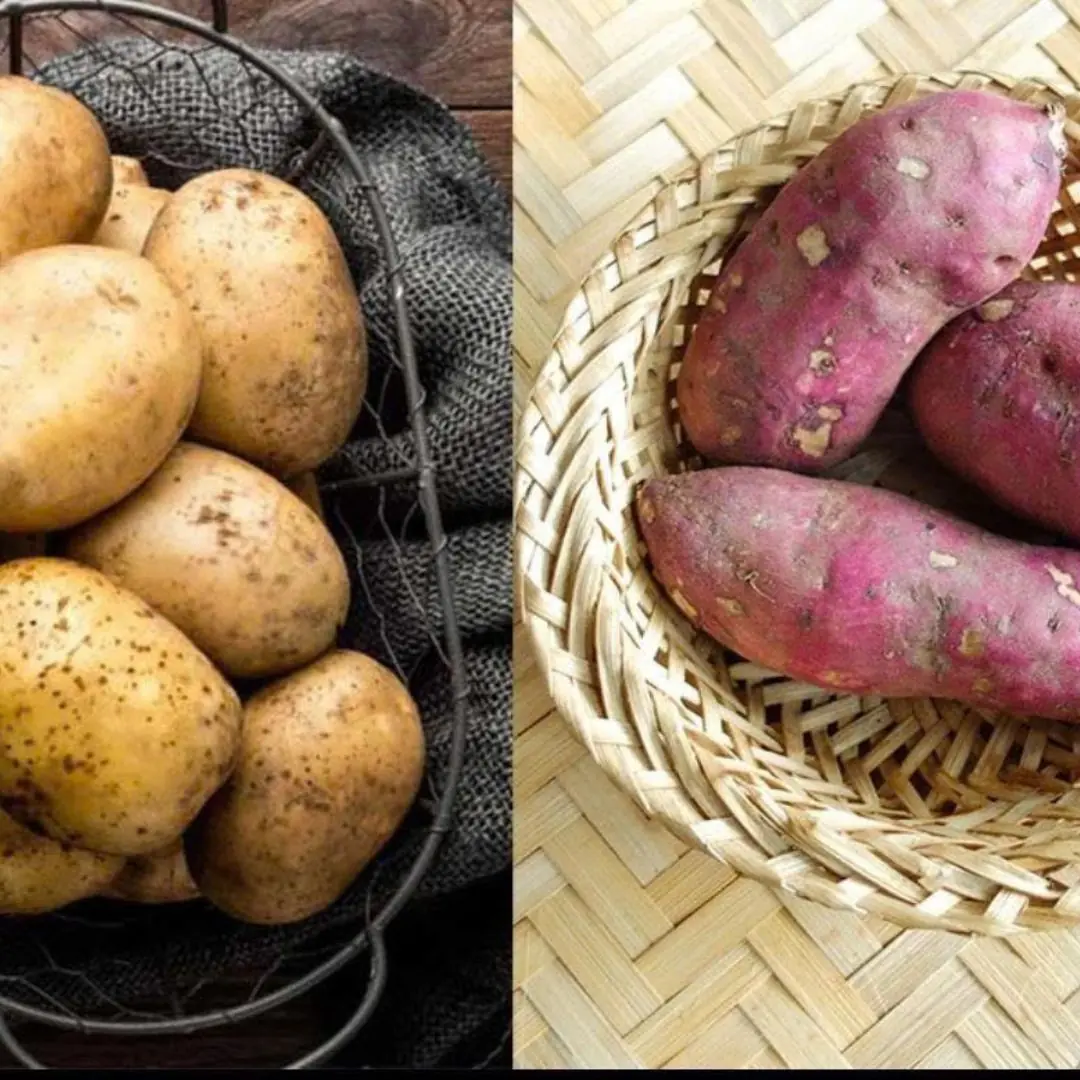
Sweet Potato vs. Potato: The Truth About Their Health Benefits

These 4 parts of a pig may be delicious and inexpensive, but you shouldn’t eat them too often—don’t let greed harm your health
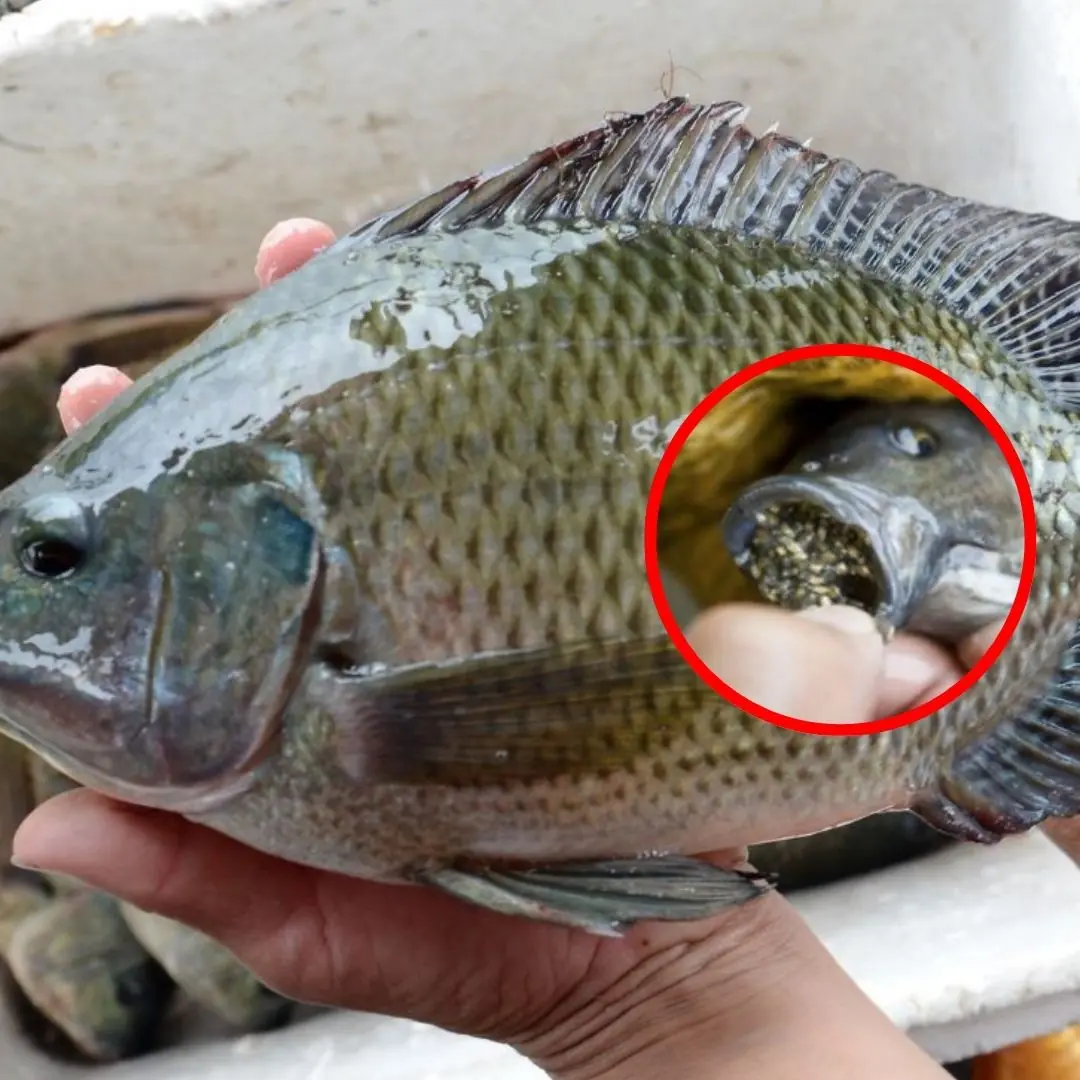
Reasons why you should stop eating tilapia as soon as possible
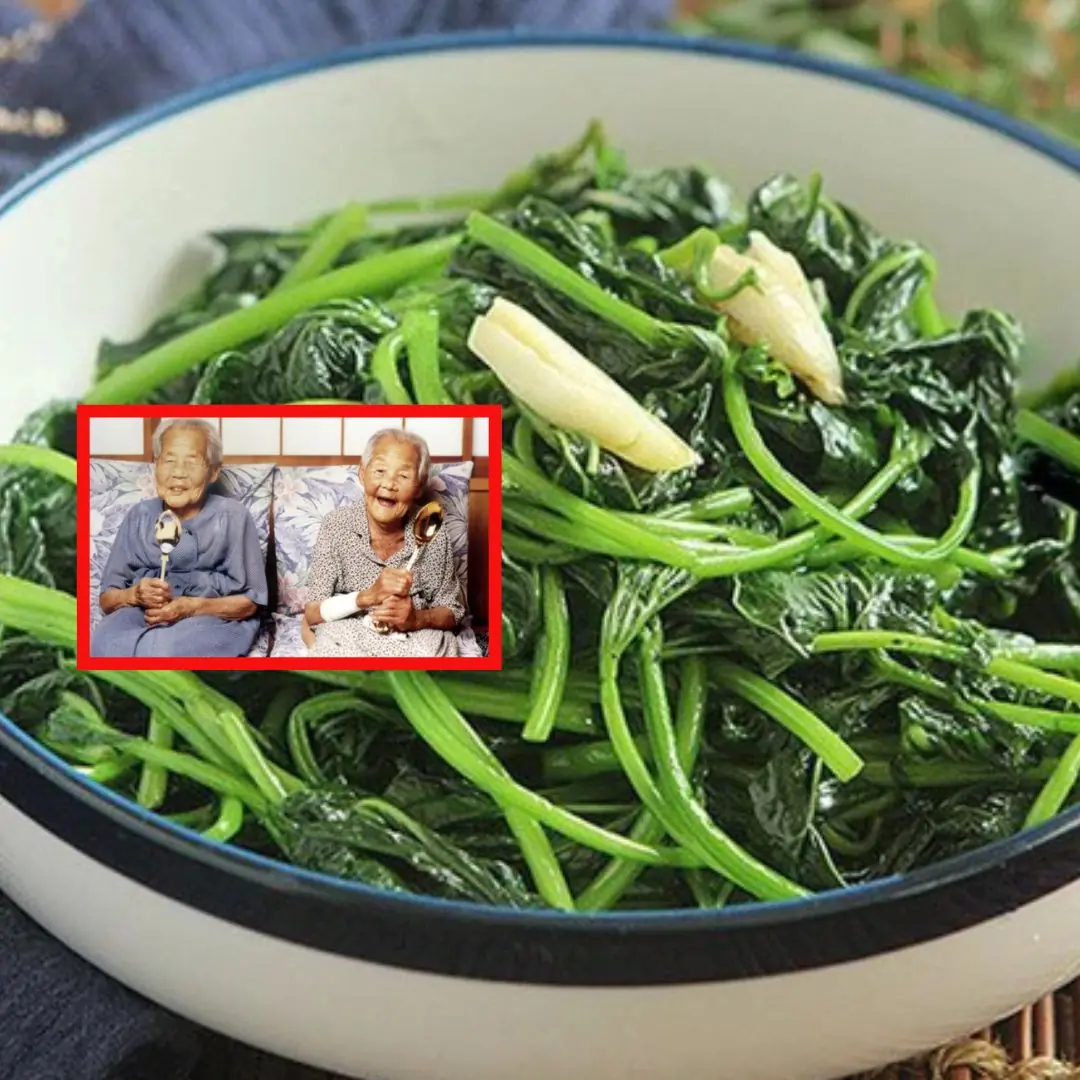
Rich in nutrients, these 3 vegetables are considered by the Japanese as a longevity eli.xir

Does eating boiled eggs every day benefit or harm the li.ver?
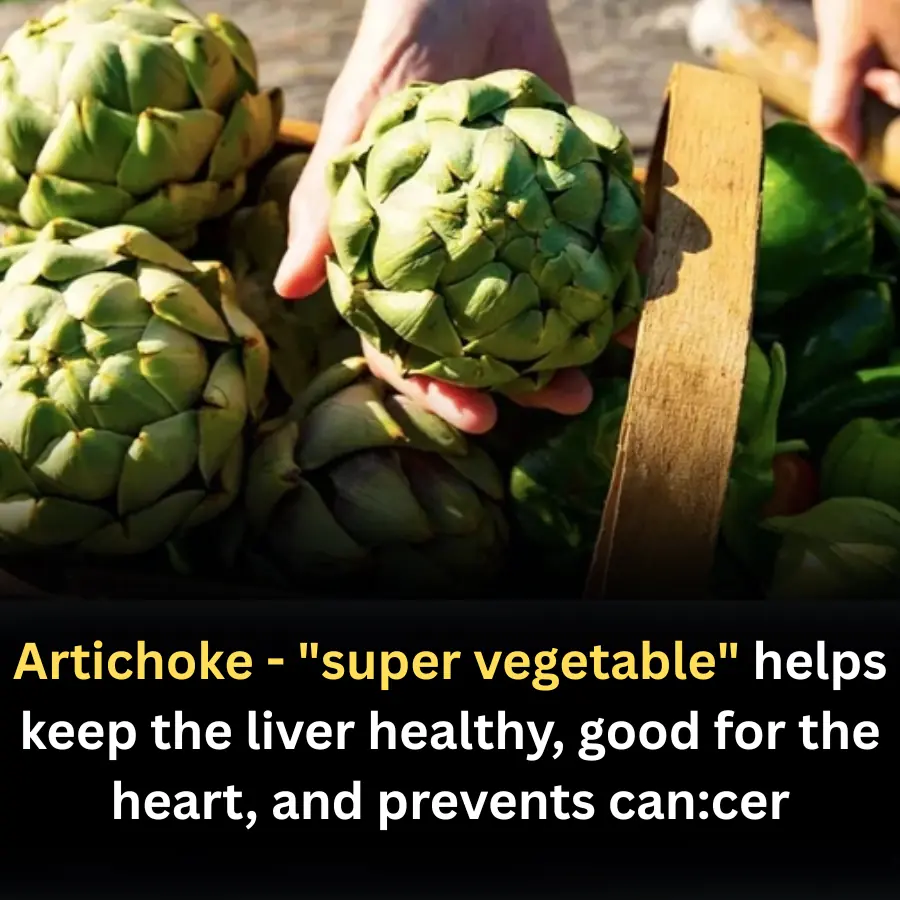
Artichoke - "super vegetable" helps keep the liver healthy, good for the heart, and prevents can.cer
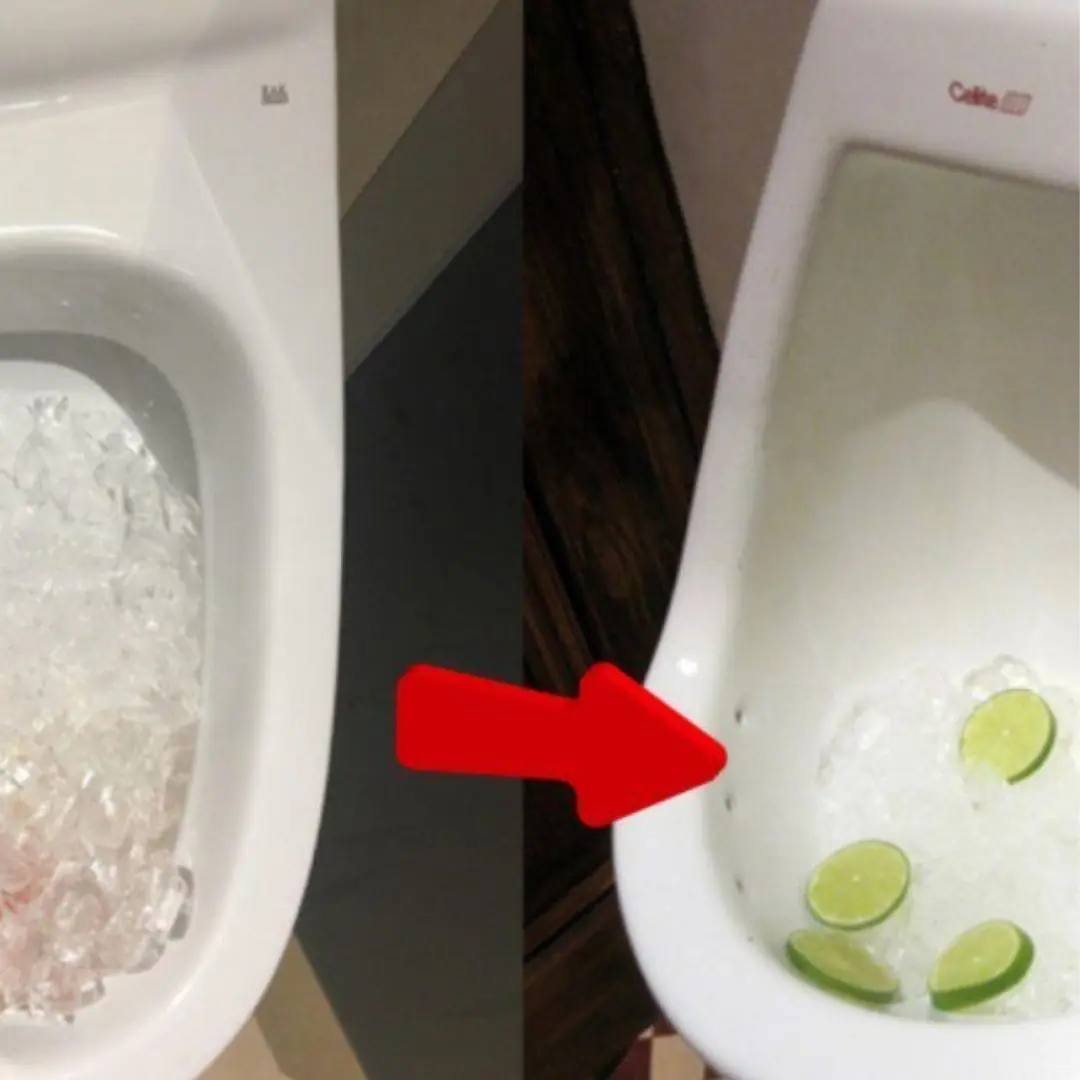
Why do restaurants and hotels often put ice in the toilet?

Why do foreigners rarely use electric kettles even though they are very convenient?
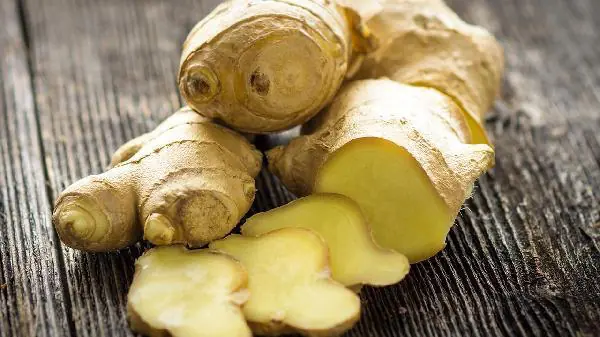
Should You Peel Ginger Before Eating? The Answer Isn’t as Simple as You Think
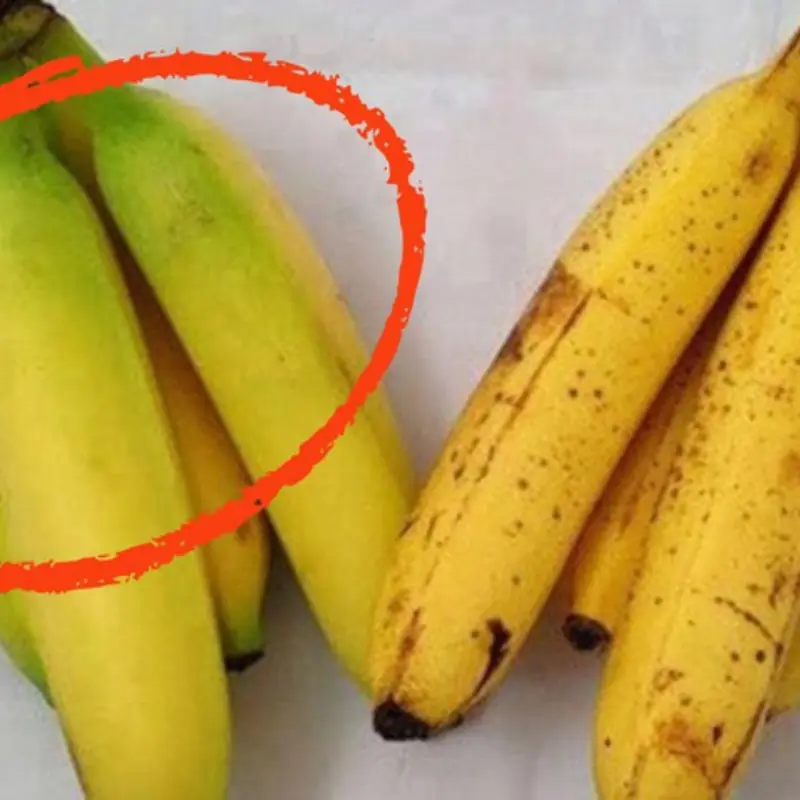
When Buying Bananas, Just Remember This Tip and You’ll Instantly Know Whether They’re Naturally Ripe or Chemically Ripened
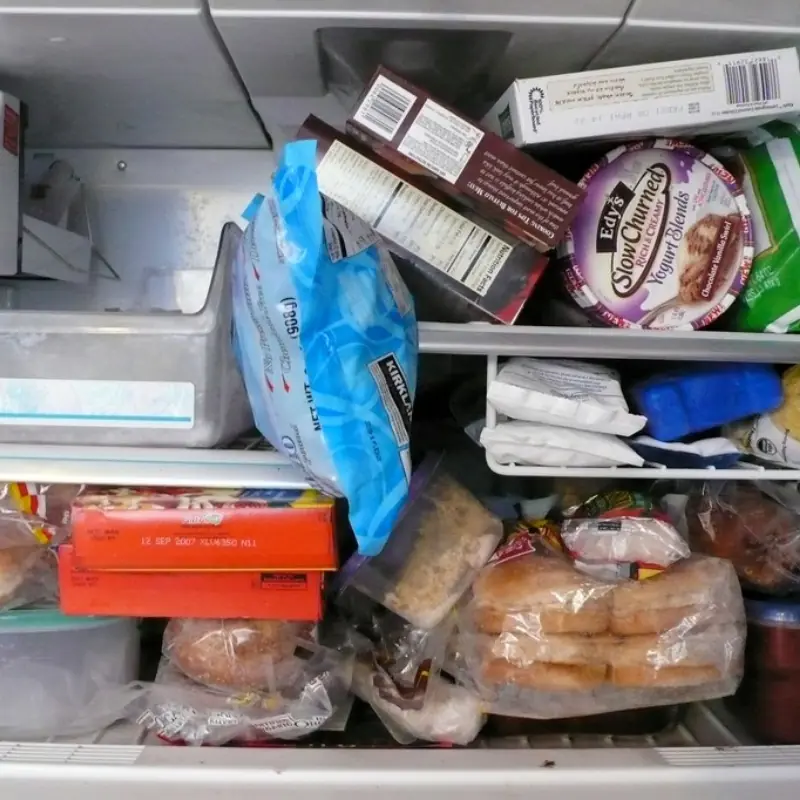
5 Foods Stored in the Fridge That Are Like a “Breeding Ground” for Bacteria and Pathogens

A 40-Year-Old Woman Was Rushed to the Hospital After Eating Grapefruit This Way

5 great benefits of drinking coffee in the morning
News Post
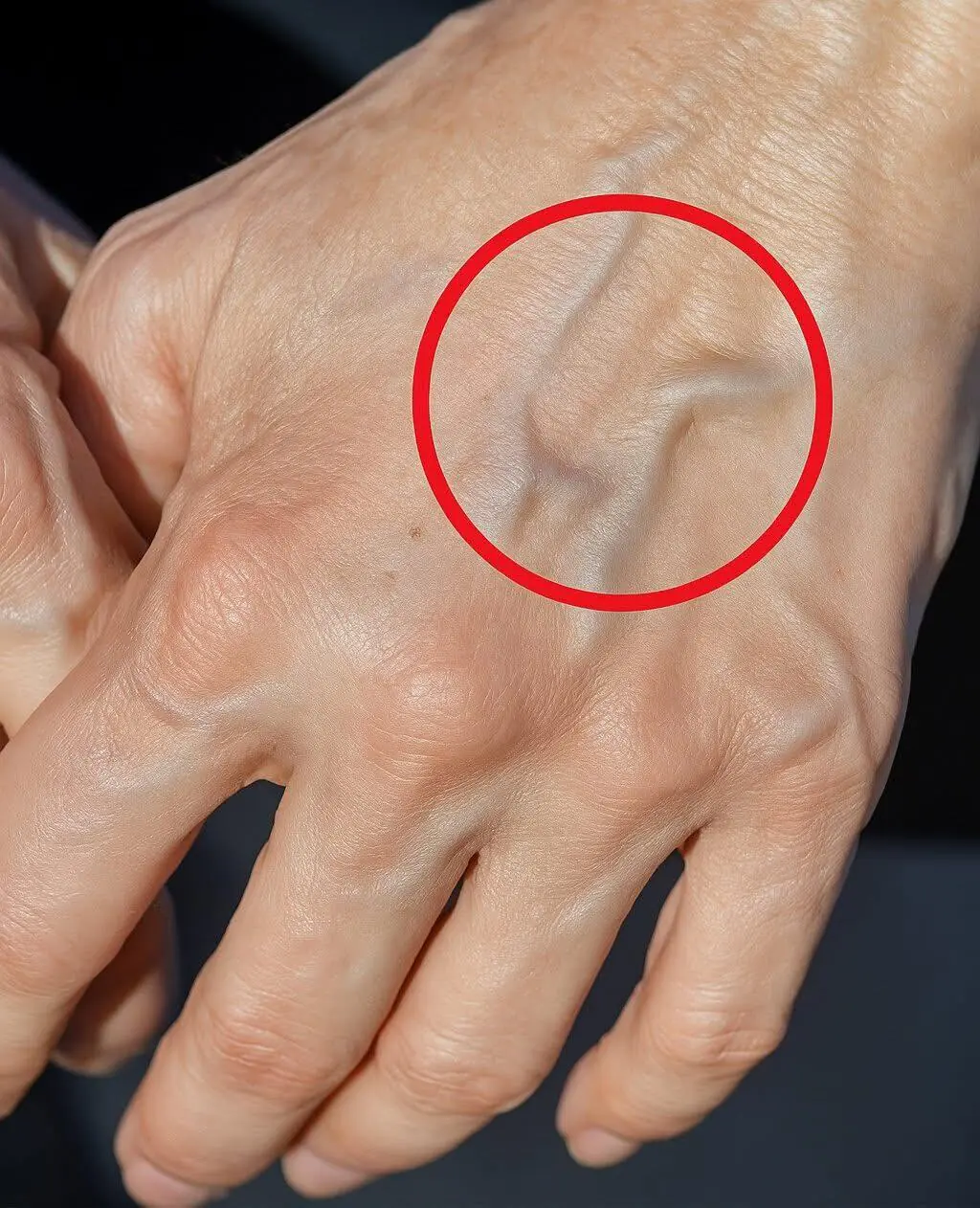
If Veins Suddenly Pop Out on Your Hands

All The Things You Need to Know About Nighttime Urination And When To Start Worrying
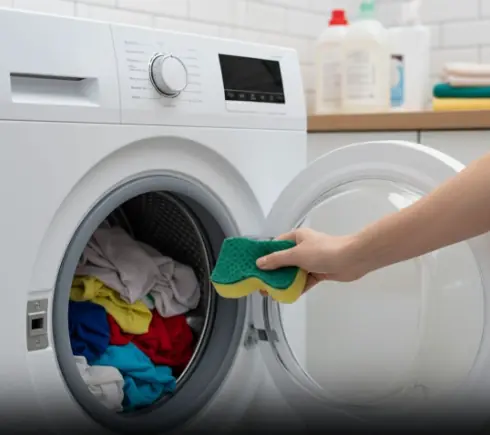
Don’t Throw Out Old Dish Sponges
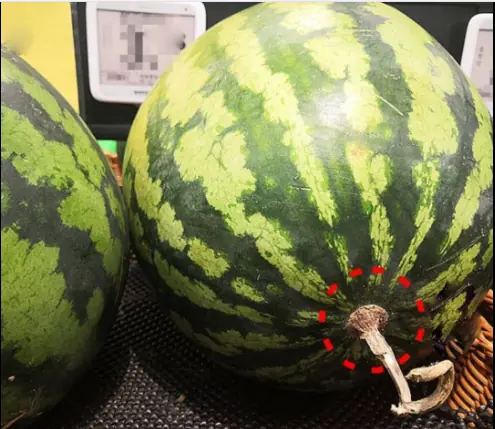
When buying watermelon, don't choose a big one.

If You See Pork with These 4 Signs at the Market, Don’t Buy It No Matter How Cheap
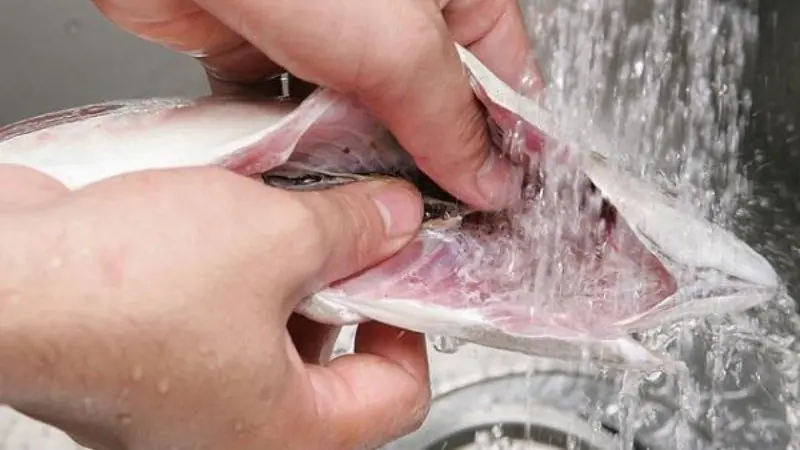
Why Does Fish Often Smell Fishy? The Real Reason Many People Don’t Know

Ever noticed a greenish ring around an egg yolk? The explanation might surprise you...

Umbilical Hernia: Causes, Symptoms and Treatment
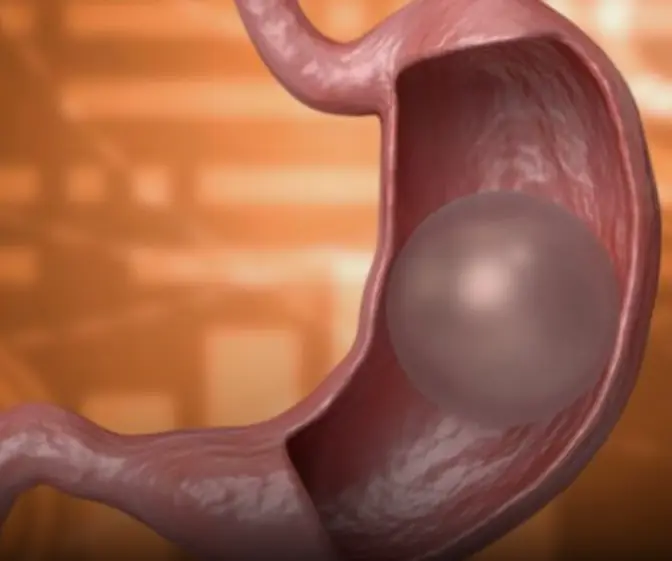
What happens if the gastric balloon bur.sts?
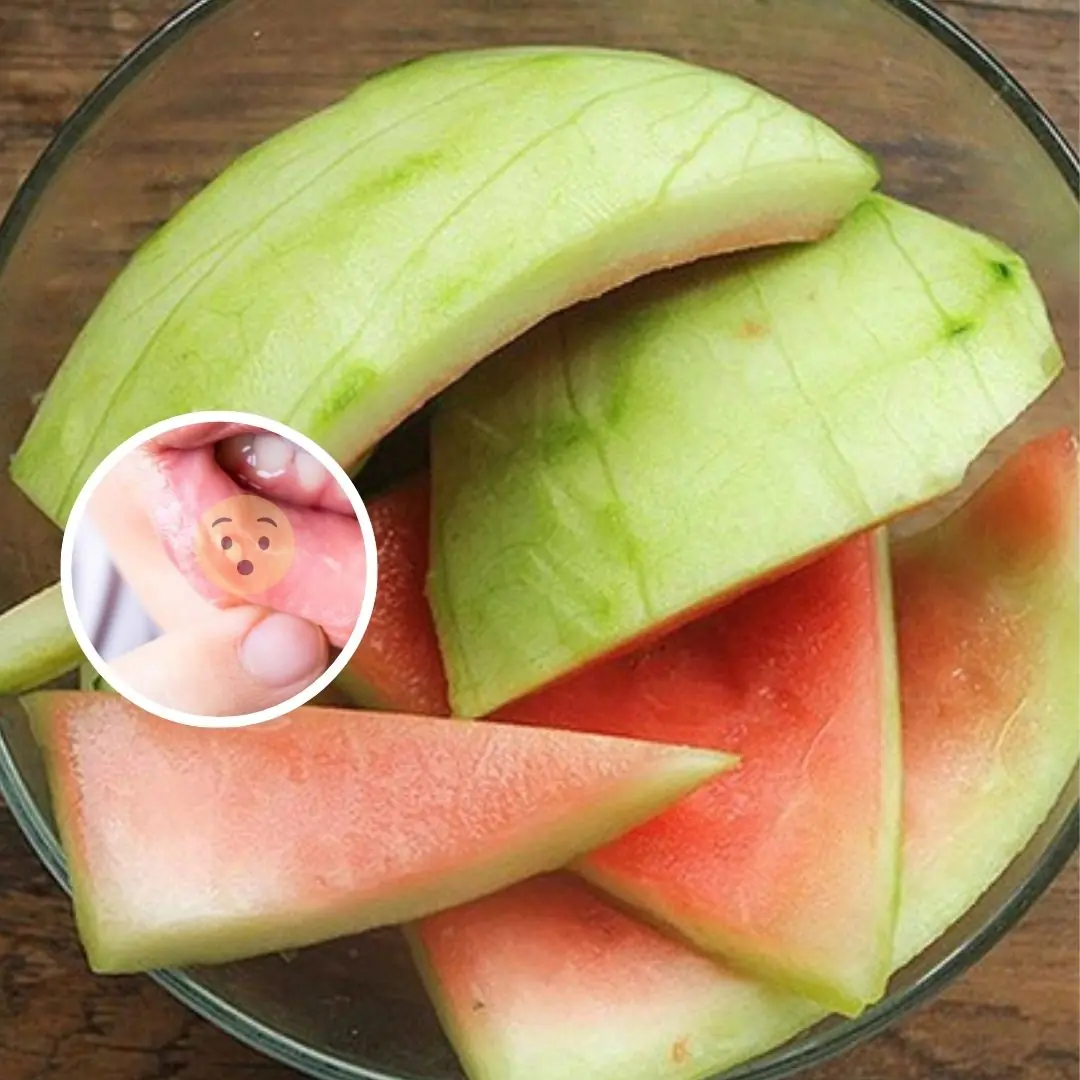
99% of people will throw away these 6 fruit peels when eating, but will regret it when they know their benefits

Gassier at Night? Here’s Why (and What To Do About It)

What is myasthenia gravis and what are its symptoms?
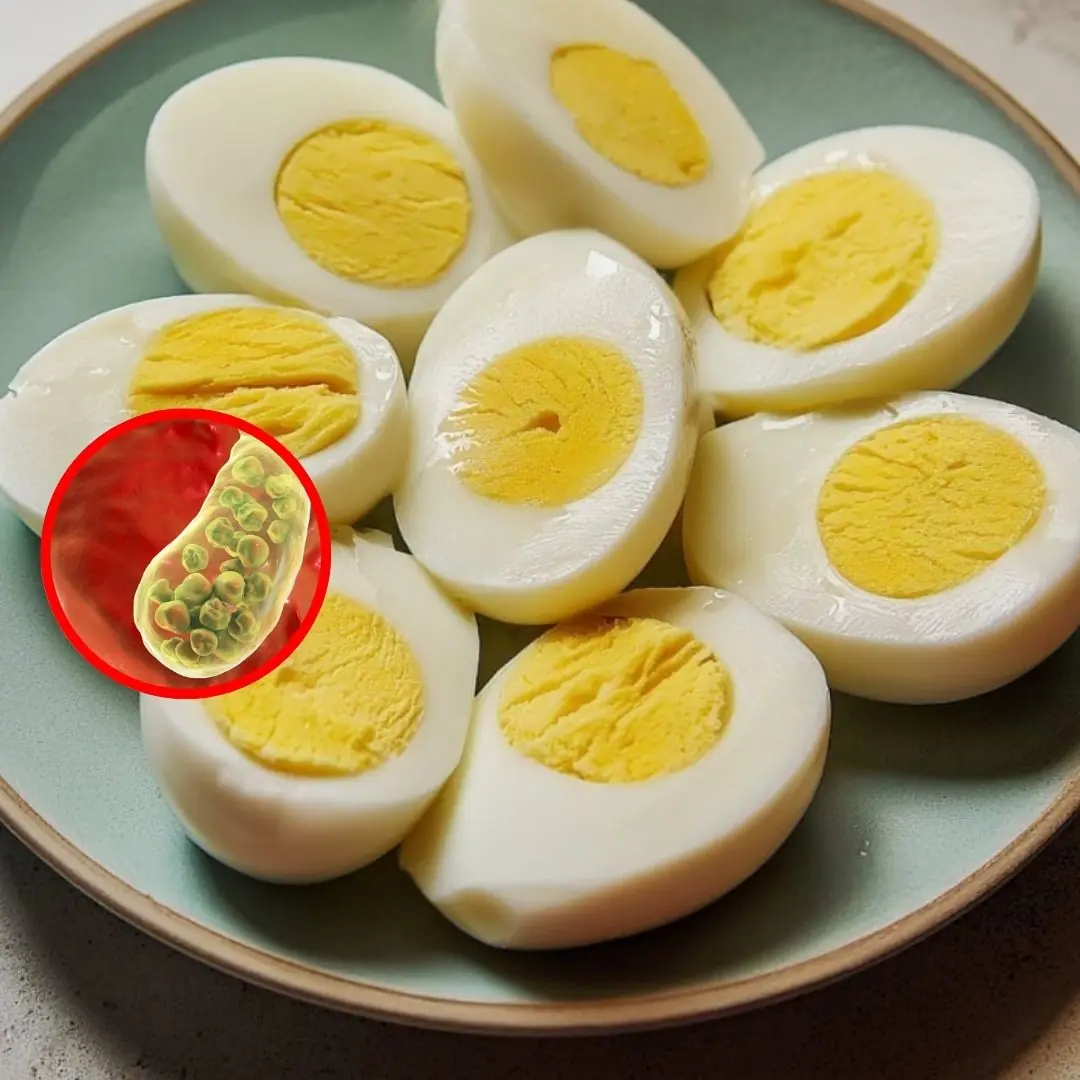
Eating chicken eggs is harmful to these 5 groups of people

WARNING: These 3 signs on the shoulder are signs of malig:nant tum:ors, even can:cer, do not ignore them

4 Vegetables Easily “Treated” with Chemicals
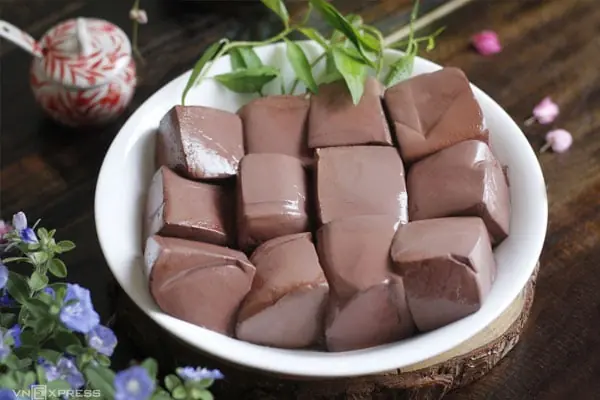
The Part of the Pig Often Dismissed as “Dirty” and Thrown Away: Turns Out It’s a “Miracle Food” with 10 Times More Iron Than Meat

An 8-Year-Old Girl Complained of “Sto.mach Pain” Every Friday Afternoon
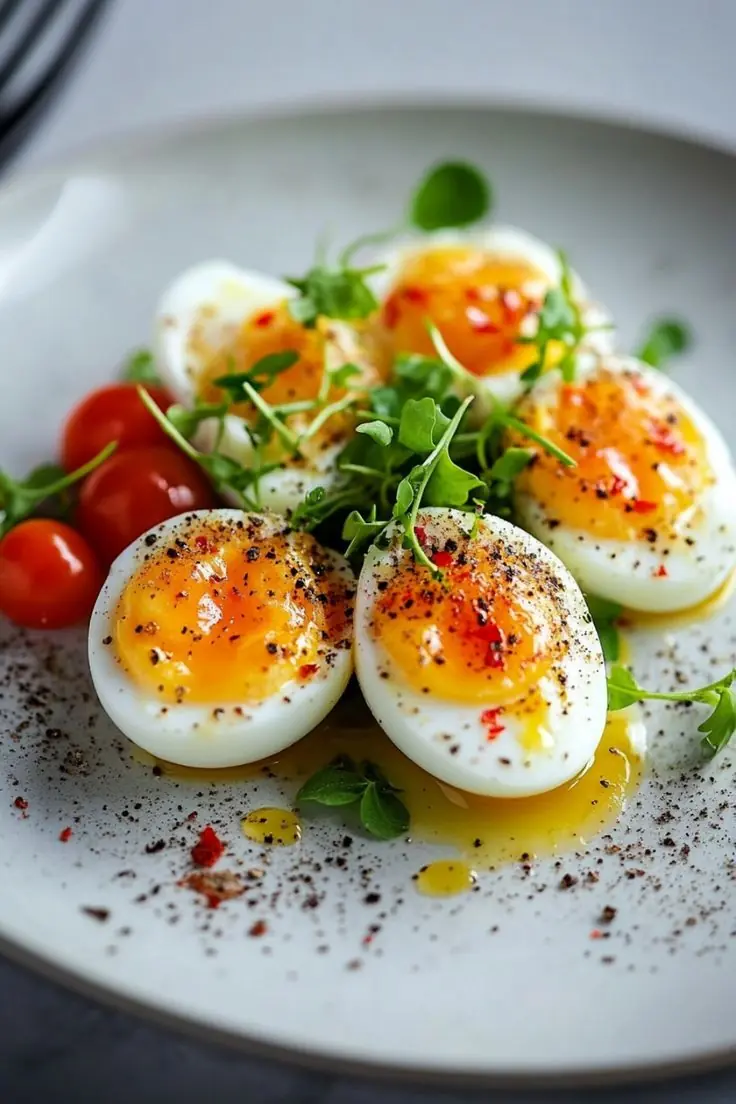
Eating Eggs Can Be Harmful for These 5 Groups of People: Better Stay Away!
